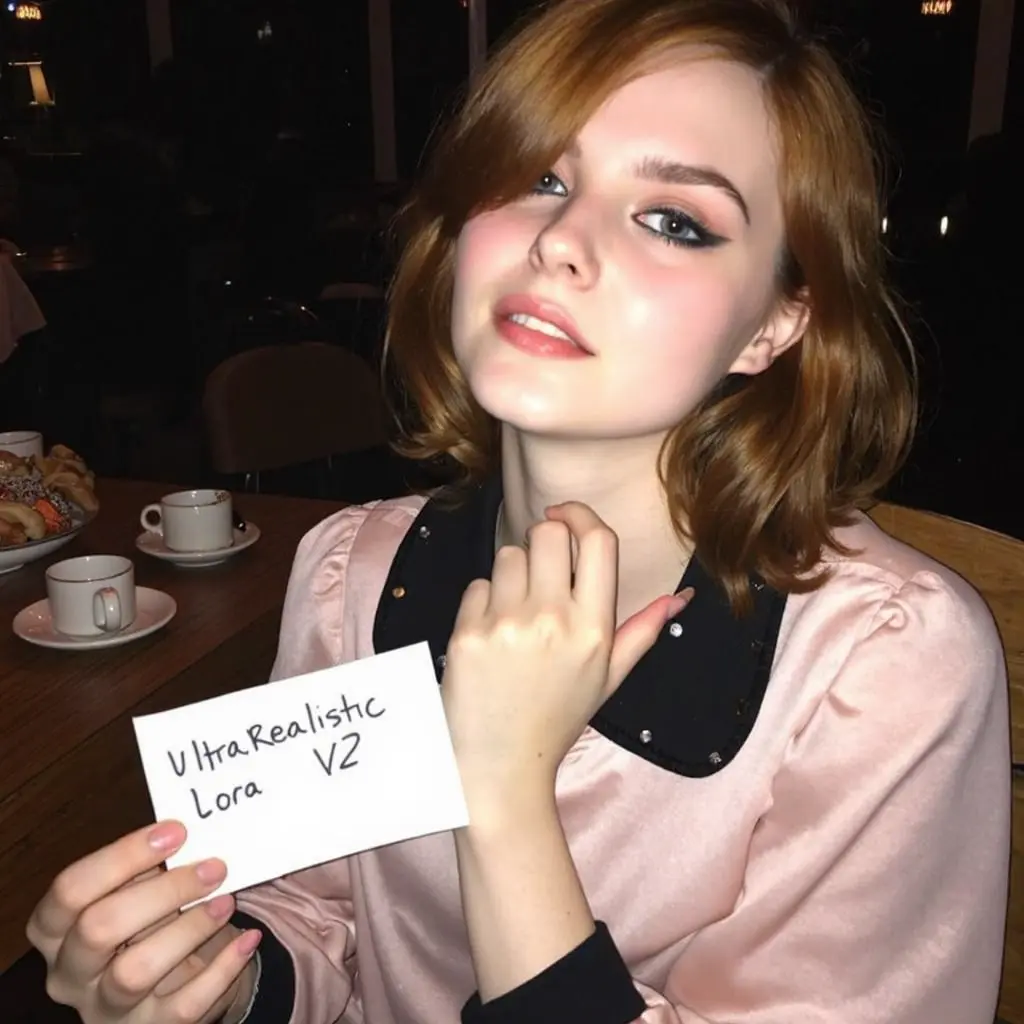ComfyUI Node: Image fDOF Filter
Image fDOF Filter
CategoryWAS Suite/Image/Filter
WASasquatch (Account age: 4910days) Extension
WAS Node Suite Latest Updated
2025-03-27 Github Stars
1.44K
How to Install WAS Node Suite
Install this extension via the ComfyUI Manager by searching for WAS Node Suite- 1. Click the Manager button in the main menu
- 2. Select Custom Nodes Manager button
- 3. Enter WAS Node Suite in the search bar
Visit ComfyUI Online for ready-to-use ComfyUI environment
- Free trial available
- 16GB VRAM to 80GB VRAM GPU machines
- 400+ preloaded models/nodes
- Freedom to upload custom models/nodes
- 200+ ready-to-run workflows
- 100% private workspace with up to 200GB storage
- Dedicated Support
Image fDOF Filter Description
Simulate depth of field effect in images for enhanced visual appeal and focus on main subject.
Image fDOF Filter:
The Image fDOF (fake Depth of Field) Filter is designed to simulate the depth of field effect in your images, which is a common technique used in photography to focus on a specific subject while blurring the background or foreground. This node allows you to create a visually appealing effect that can draw attention to the main subject of your image, enhancing its overall aesthetic. By applying this filter, you can achieve a professional look that mimics the shallow depth of field typically achieved with high-end camera lenses. This is particularly useful for AI artists looking to add a touch of realism or artistic flair to their digital creations.
Image fDOF Filter Input Parameters:
image
The image parameter accepts an image input that you want to apply the fDOF filter to. This image should be in a compatible format that the node can process, typically a tensor representation of an image. The quality and resolution of the input image can significantly impact the final result, so using high-quality images is recommended.
depth_map
The depth_map parameter is used to provide a depth map of the image, which helps the node determine which areas should be in focus and which should be blurred. The depth map should be a grayscale image where lighter areas represent closer objects and darker areas represent farther objects. This map is crucial for accurately simulating the depth of field effect.
blur_amount
The blur_amount parameter controls the intensity of the blur applied to the out-of-focus areas. It typically accepts a floating-point value, with higher values resulting in a stronger blur effect. The default value is usually set to a moderate level, but you can adjust it based on your artistic needs. For example, a value of 0.0 would mean no blur, while higher values like 10.0 would create a more pronounced blur.
focus_distance
The focus_distance parameter determines the distance from the camera at which the image should be in focus. This is usually a floating-point value that you can adjust to set the focal point of your image. The default value is often set to a middle distance, but you can change it to focus on either the foreground or background elements of your image.
aperture
The aperture parameter simulates the aperture setting of a camera lens, affecting the depth of field. A lower aperture value (e.g., 2.0) will result in a shallow depth of field with more pronounced blur, while a higher value (e.g., 16.0) will keep more of the image in focus. Adjusting this parameter allows you to control the extent of the depth of field effect.
Image fDOF Filter Output Parameters:
IMAGE
The IMAGE output parameter provides the final image with the applied fDOF filter. This image will have the simulated depth of field effect, with the specified areas in focus and the rest blurred according to the input parameters. The output is typically in the same format as the input image, allowing for easy integration into your workflow.
Image fDOF Filter Usage Tips:
- Experiment with different
blur_amountvalues to achieve the desired level of background or foreground blur. - Use a high-quality
depth_mapto ensure accurate depth of field simulation. - Adjust the
focus_distanceto highlight different parts of your image, creating various artistic effects. - Combine the fDOF filter with other image enhancements like brightness and contrast adjustments for a more polished look.
Image fDOF Filter Common Errors and Solutions:
"Invalid image format"
- Explanation: The input image is not in a compatible format.
- Solution: Ensure that the image is in a tensor format and properly pre-processed before inputting it into the node.
"Depth map missing or invalid"
- Explanation: The depth map is either not provided or not in the correct format.
- Solution: Provide a valid grayscale depth map that accurately represents the depth information of the image.
"Blur amount out of range"
- Explanation: The
blur_amountparameter is set to a value outside the acceptable range. - Solution: Adjust the
blur_amountto a value within the specified range, typically between 0.0 and 10.0.
"Focus distance out of range"
- Explanation: The
focus_distanceparameter is set to a value outside the acceptable range. - Solution: Adjust the
focus_distanceto a value that makes sense for the depth of your image, ensuring it falls within the expected range.
Image fDOF Filter Related Nodes
RunComfy is the premier ComfyUI platform, offering ComfyUI online environment and services, along with ComfyUI workflows featuring stunning visuals. RunComfy also provides AI Models, enabling artists to harness the latest AI tools to create incredible art.


